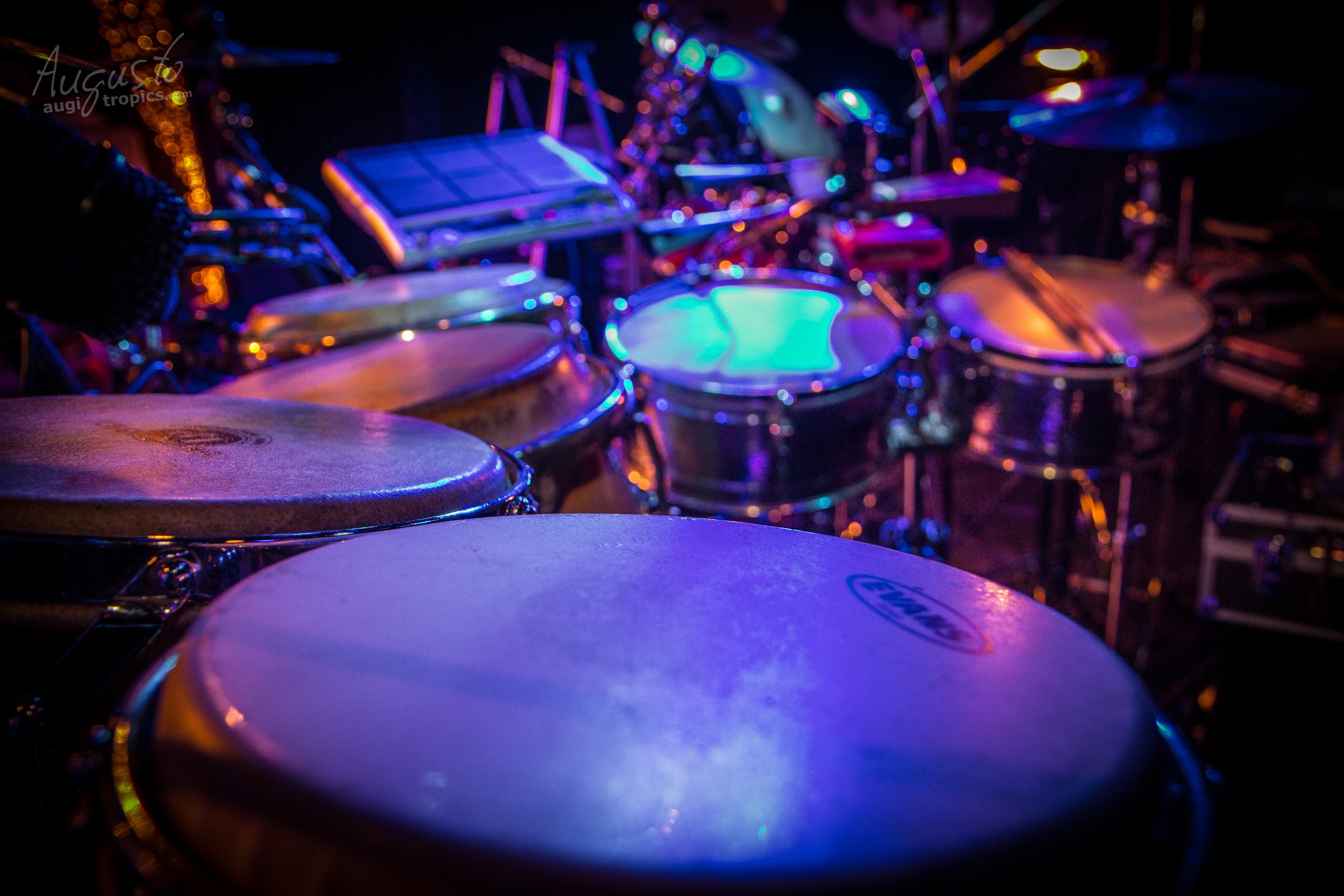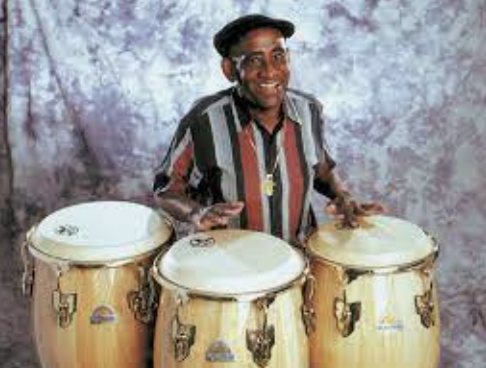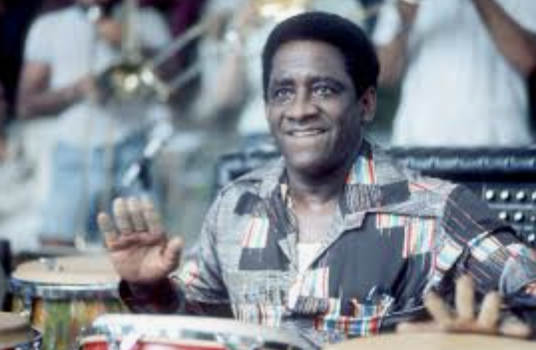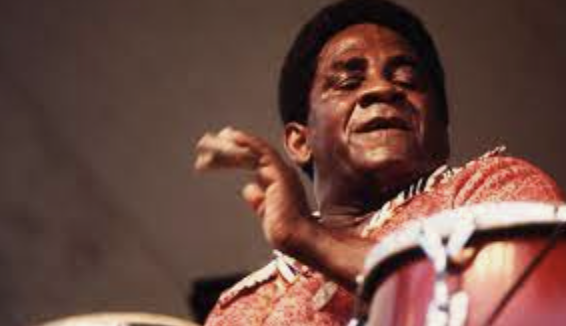
Mongo Santamaria Biography!
Mongo Santamaria - Latin Jazz Legend Extraordinaire!
Providing many decades of historical contributions, compositions, hits, and fame, Mongo Santamaria moved from Cuba to Mexico and eventually arrived in the United States in 1950. Working with Perez Prado in Mexico, in New York with Tito Puente, and Cal Tjader in San Francisco, Mongo Santamaria was one of the initiators of Afro-Cuban music to the United States. Santamaria fused the music of his native Cuba with R&B and jazz to create a distinct sound that would be popular with audiences around the world.
In the late 50’s, Mongo Santamaria moved to California where he recorded a series of albums with Fantasy Records. His 1959 album titled “Mongo” included the international hit “Afro-Blue,” which became an American jazz standard performed by John Coltrane, Dizzy Gillespie, and many other artists.
Shortly after the release of his album Sabroso! in 1962, Mongo Santamaria returned to New York City and recorded his 1963 version of Herbie Hancock’s “Watermelon Man,” which brought Mongo to a national and international audience.
As legend goes, Mongo Santamaria’s pianist did not show up for practice. The musicians held a bull session in which the substitute pianist for the gig, Herbie Hancock, demonstrated his new blues tune, "Watermelon Man." Everyone gradually joined in, the number became a part of Mongo's repertoire. The band was quickly rushed into a studio to record it and “Watermelon Man” became a hit single that leaped to the number ten slot on the pop charts in 1963. By now a band leader, Mongo Santamaria continued to experiment with Latin Jazz, and pop music into the 1970s. In 1977, Mongo Santamaria received a Grammy for his album “Amanecer.”
The success of Santamaria's cross-pollination of Jazz, R&B, and Latin music on "Watermelon Man" and a string of Battle and Riverside albums led to a high-profile contract with Columbia that resulted in a wave of hot, danceable albums between 1965 and 1970. With a brighter, brassy sound propelled by trumpeter Marty Sheller’s driving charts, often covering hits of the day, the Mongo Santamaria Band perfectly reflected the mood of the go-go '60s, and Mongo Santamaria continued to mix genres into the '70s.
Mongo Santamaria returned to his Afro-Cuban base, recording for Vaya in the early '70s, teaming with Dizzy Gillespie and Toots Thielemans for a live gig at Montreux in 1980, recording several albums for Concord Picante (1987-1990), a sole effort for Chesky in 1993, and a return to Fantasy Records via its Milestone subsidiary in 1995. He continued to perform in the 1990s, recording his last album in 1998. Mongo Santamaria left this world on February 1, 2003, at Baptist Hospital in Miami, following a stroke. His legendary sound, compositions, and genres continue to grace Latin Jazz music lovers and afficionados and has earned an integral part of American music history.
Become a part of the Mongo Santamaria Living Biography Project! Share your “Mongo Moment” with us! Click on “My Mongo Moment” below or click above on “Testimonials.”
Mongo Santamaria Band on The Andy Williams Show →



Mongo Santamaria grew up in Havana , Cuba and with skin on skin and his conga at hand, his goal was to have his music heard all around the world!
Mongo Santamaria went to Mexico and played alongside with Armando Peraza, with Pablito Duarte and Lilon Dancers. In the U.S., he played with Tito Puente, Jose Luis Monero, Gilberto Valdes, Johnny Segui, Dizzy Gillespie, and everybody who was on the scene.
Blue Note Award
Grammy Award
Latin Jazz USA Award
“I played with Dizzy Gillespie, Tito Puente, Cal Tjader, Nat King Cole, Count Basie and many other greats. I was playing everywhere and people came to know me and loved my performances. When I formed my band, I wanted to travel and play my music for everyone…Chinese, Hungarian, Jewish, Indian, everybody!”
“Mongo Santamaria”
Contact us.
Fill out the form to contact Monguito Santamaria and/or Dr. Daniel Ibarrondo; authors and biographers.





